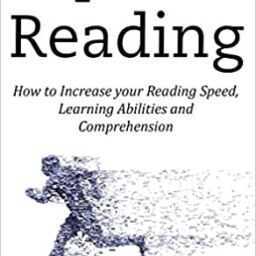Today, companies require a fast internet connection and a strong computer network. Although it is possible to create a good connection using copper cables, nothing can replace fiber optic cables. Basically, copper cables transmit information via electrical current. Although copper cables can work well, they have some disadvantages as well. For example, they may not work properly when there is there are radio signals around. Therefore, it is a great idea to replace them with fiber optic cables. In this article, we are going to take a look at some best practices that can help you install fiber optic cables. Read on to find out.
Determine the length of the cable
First of all, you may want to decide on the length of cable that you need for the whole setup. We suggest that you order an extra length to make sure you don’t end up delaying the project due to a shortage of enough cable.
In some scenarios, you will need these cables in several directions. As a result, you will need a lot of cables. For example, in some buildings, you may not have all of the connection points in the same direction. Therefore, you may need to install these cables in different directions.
Create a Port Map
For DIY installation, we suggest that you have a detailed port map. As a matter of fact, if you are going to hire the services of a professional, they may still need a port map. Actually, this type of map will serve as your installation guidelines and inventory sheet.
There are many parts of a port map. This includes the additional hardware, patch panels, network cabinet location, and connections. The thing is that a port map can help you as a reference and improve efficiency. Apart from this, it can help you resolve network issues on a regular basis.
Stick to the Pull Load Rating
It is essential to keep in mind that each fiber optic cable is designed to withstand specific tension and pull loads. Therefore, you must adhere to these ratings. As said earlier, make sure that the cable is not a tight rope.
If it is too tight, it will be at a higher risk of breaking. Apart from this, you may want to use cable pullers in order to separate the cables across your building. If you don’t be careful, you may end up damaging the cables.
Use a Short Cable if Possible
Although fiber optic cables can be a good choice for long-range connections, we suggest that you keep the distance as short as possible. First of all, a short-distance cable will allow faster transmission of information. Besides, it will reduce the length, which is essential to reduce the risk of breaking the cable.
And you may not want to forget to use the lubricant to prevent pulls and snags. So, you may want to follow these instructions if you want to make sure that the cable is installed properly.
In short, we suggest that you follow these guidelines if you want to install fiber optic cables across your building without making common mistakes.
BY by GAHZLY
El Sewedy wire prices 2022
#Practices #Follow #Installation #Fiber #Optic #Cable

